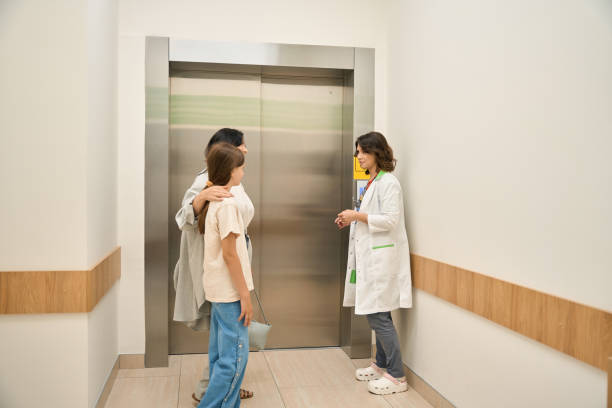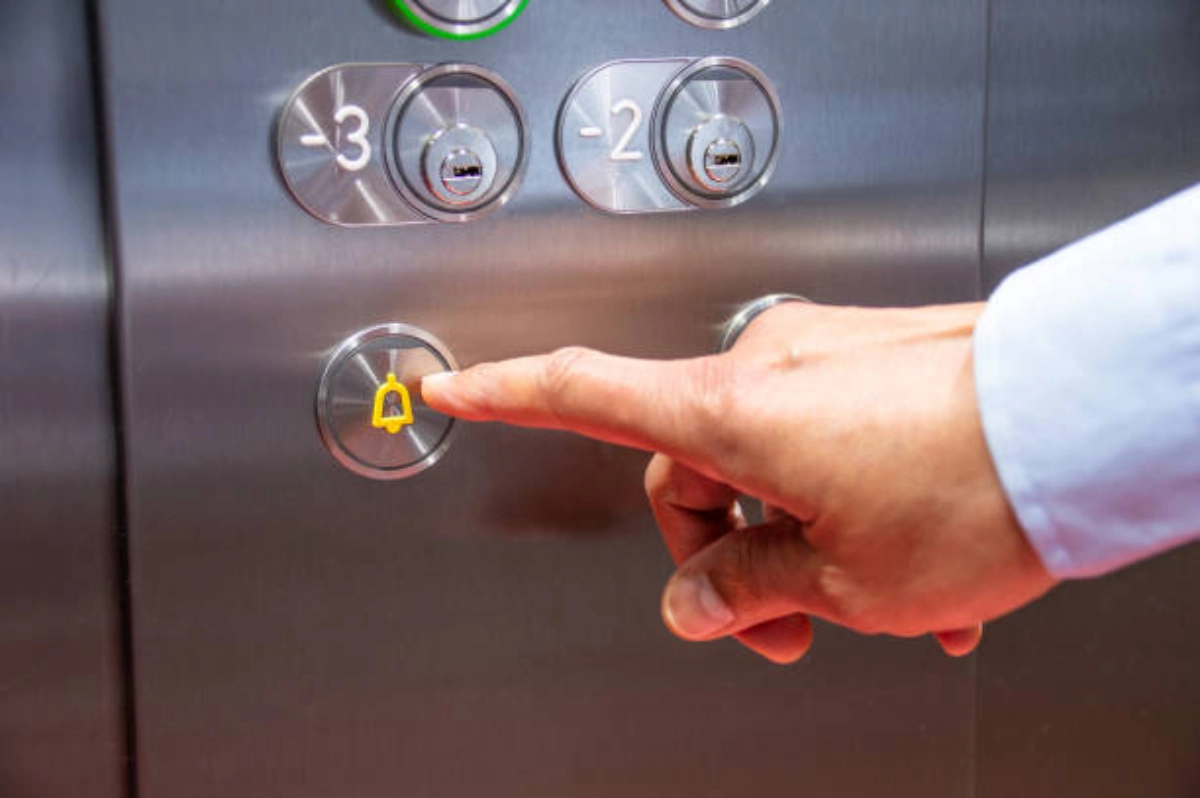Understanding Elevator Accident Statistics
Elevator accidents may seem rare, but they pose a serious safety concern. According to the
U.S. Bureau of Labor Statistics, around
30 people die and over 17,000 are injured in elevator-related incidents each year. These statistics reveal the hidden dangers associated with everyday elevator use, especially in high-traffic buildings like schools, hospitals, and offices.
The most common causes of elevator accidents include mechanical failures, lack of maintenance, and user error. In educational institutions, for example, the risk increases due to constant use by students and staff. Studies show that
children and young adults are particularly vulnerable, often due to unfamiliarity with safety protocols.
Similarly,
elderly individuals face increased risks because of mobility challenges. By analyzing accident data, schools and commercial buildings can implement safety programs tailored to specific demographics. For more insights on legal and injury-related topics, visit
Legal Case Review.
Common Types of Elevator Accident Injuries
Injuries from elevator accidents range from mild to severe. Understanding these can help victims recognize symptoms early and take prompt action.
1. Fractures and Broken Bones
These typically occur when a person is caught between doors or falls due to sudden drops or stops. Treatment often involves surgery and rehabilitation, impacting victims’ daily lives and finances.
2. Soft Tissue Injuries
These include sprains, strains, and bruises, often caused by jerky movements or being tossed during an abrupt halt. These injuries might not appear immediately but can worsen over time.
3. Head and Brain Injuries
Head trauma from falls or being struck by elevator parts can result in concussions or even traumatic brain injuries. Symptoms may be delayed, making medical attention crucial.
Being aware of the symptoms and causes of these injuries helps victims take necessary steps—both medically and legally.

Ready to connect with top legal professionals? Get immediate support— Call us at 877-550-8911.
Connect with Our Legal Team
Legal Rights of Elevator Accident Victims
Understanding your rights is crucial if you’ve been injured in an elevator accident. Victims may be entitled to compensation for:
- Medical expenses
- Lost income
- Pain and suffering
Responsible parties can include
property owners,
maintenance contractors, or
elevator manufacturers. Most claims are based on
negligence, which involves proving that the responsible party failed to maintain a safe environment.
Tips to Strengthen Your Legal Claim:
- Document the scene and injuries
- Report the accident to building management
- Collect witness statements
- Contact a personal injury attorney
A legal professional will help you navigate complex liability issues, especially if multiple parties are involved. You can explore detailed legal resources at
Legal Case Review.
Preventive Measures to Avoid Elevator Accidents
Prevention is the best way to avoid elevator-related injuries, especially in schools and high-traffic buildings.
Key Preventive Strategies:
- Routine Maintenance: Elevators should be inspected by licensed professionals to detect worn-out parts or electrical issues.
- Safety Education: Inform students, staff, and the public about safe elevator practices. Avoid overcrowding and never attempt to stop closing doors.
- Modern Safety Features: Use smart systems such as automatic doors, weight sensors, and backup power supplies to enhance security.
- Signage: Clearly posted instructions and capacity warnings help minimize misuse.
These steps reduce risks significantly and help institutions create safer environments for everyone.
Steps to Take After an Elevator Accident
If you’re involved in an elevator accident, the actions you take immediately afterward can impact your recovery and legal rights.
Step-by-Step Guide:
- Check for Injuries: Assess your own and others’ condition.
- Call Emergency Services: Get medical help immediately if needed.
- Document Everything: Take photos, videos, and note the time, location, and situation.
- Report the Incident: Inform building management or security.
- Seek Legal Advice: Consult a personal injury attorney for next steps.
Acting quickly and efficiently helps preserve evidence and supports any insurance or legal claims you may pursue later.
The Role of Insurance in Elevator Accident Claims
Insurance plays a critical role in determining compensation after an elevator injury. Most commercial buildings carry
liability insurance to cover accidents on their premises.
However, these policies can be complex. Some may include:
- Coverage limits
- Exclusion clauses
- Disputes about fault or negligence
Victims Should:
- Request maintenance logs and inspection reports
- File a detailed claim
- Avoid settling without legal counsel
Insurance providers often aim to minimize payouts, so legal representation ensures your rights are protected. Understanding how insurance interacts with your claim is essential in maximizing compensation.

Seeking Medical Attention for Elevator Injuries
Even if you feel fine after an elevator incident, seek medical care immediately. Many injuries may not present symptoms right away but can become severe over time.
Why Medical Attention is Crucial:
- Early Diagnosis: Prevents complications from untreated injuries.
- Legal Documentation: Medical records serve as key evidence in injury claims.
- Peace of Mind: Ensures hidden conditions are not overlooked.
Look out for symptoms like persistent pain, headaches, dizziness, or limited mobility. These may indicate internal injuries or concussions.
FAQs: Elevator Accident Injuries
1. What should I do immediately after an elevator accident?
Check for injuries, call emergency services, report the incident, and document everything.
2. Can I file a lawsuit if I was injured in an elevator?
Yes. You may sue property owners, maintenance companies, or manufacturers depending on the cause.
3. How long do I have to file a claim?
The statute of limitations varies by state but is typically 2–3 years. Always consult an attorney promptly.
4. Who is responsible for elevator safety in public buildings?
Generally, property owners and maintenance contractors are responsible for regular inspections and upkeep.
5. What kind of compensation can I expect?
You may receive compensation for medical bills, lost wages, pain, and suffering depending on your case.
Conclusion
Elevator accidents are more common and dangerous than many realize. Understanding
what to know about elevator accident injuries includes recognizing common injuries, knowing your legal rights, and acting promptly. Prevention through education and maintenance is key, while victims must seek timely medical and legal help to ensure proper recovery and justice.
If you or someone you know has experienced an elevator accident, visit
Legal Case Review for trusted resources and legal guidance. Knowledge is your first line of defense in protecting your health, rights, and future.
Don’t wait to secure the legal representation you deserve. Visit Legal Case Review today for free quotes and tailored guidance, or call 877-550-8911 for immediate assistance.





